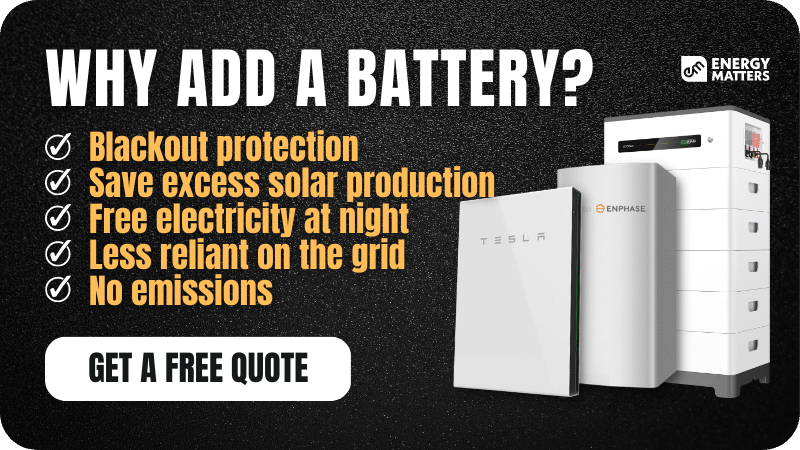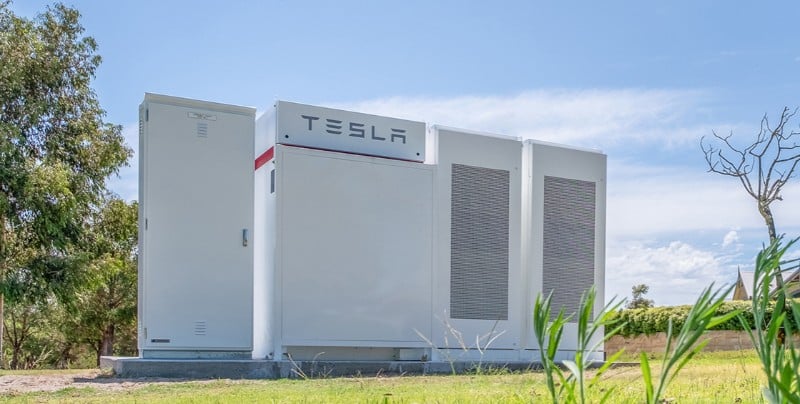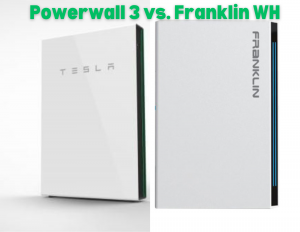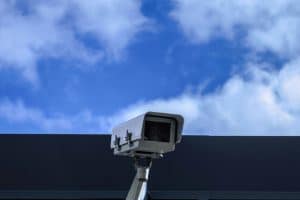With the growing number of homes in Australia switching to solar, and a move toward energy independence, there is an increasing demand for battery storage.
The recent federal government budget will deliver $1 billion to households to incentivise the uptake of electric appliances and to implement energy efficiency measures. Social housing will also be upgraded with a $300 million budget that state governments will match.
On top of this, there is already a $200 million commitment by the federal government for 400 neighbourhood batteries in Australia.
Neighbourhood batteries are a new concept of energy storage in Australia, where a large battery is installed in a neighbourhood to store excess solar energy generated by households. This energy can then be used by households during peak hours or in the evening when solar panels are not generating energy.
Neighbourhood batteries are being tested in various areas of Australia, including New South Wales and Victoria. This technology can reduce reliance on grid-based energy and promote renewable energy sources.

Neighbourhood batteries are not that simple
Installing neighbourhood batteries is among the most efficient ways to help households store energy generated by their solar panels and distribute it back into the community at night. In most cases, these community batteries are the only communal asset to store this energy on the distribution network. However, it’s not that simple.
To ensure all homes have enough storage for their solar power, storage across the National Electricity Market (NEM) should increase drastically—particularly 63GW of storage by 2050 based on the Australian Energy Market Operator’s (AEMO) 2022 Integrated System Plan.
It is anticipated that ~40GW will be Distributed Energy Resources (DER) built in the NEM.
The downside is that currently, there needs to be a government storage policy to fund the installation of DER.

The need for neighbourhood batteries
With the new federal budget, it will drive the uptake of solar PV and electric appliances, which will put the grid under more stress with the increased demand for electricity and the rise of solar exports.
There are ways Distribution Network Service Providers (DNSPs) can handle network constraints, but neighbourhood batteries can deliver dynamic support that can ease strains on the network by powering up during the day and discharging during peak times.
Neighbourhood batteries can also boost energy equity; since every home can’t have a behind-the-meter battery now, community batteries can help redistribute renewable energy to households locked out of solar. Therefore, households within the catchment area, even the ones with no solar systems installed, will still be able to consume electricity that has higher renewable content.
Electricity and gas bills have been on the rise for years, with no end or relief in sight. Our FREE Energy Bill Comparator can help you reduce your bills by finding a better plan from Australia’s leading energy retailers. All you will need is a current energy bill and you can be on your way to saving hundreds on your gas and electricity bills.

Home batteries vs. community batteries
There is has been an uptake of home batteries nationwide, but are they better than neighbourhood batteries?
Home solar batteries are gaining popularity, but they require a large financial investment. Still, homeowners will find that they are excellent for local energy storage.
According to Dylan McConnell, an energy systems expert from the University of Melbourne, a shared approach is more efficient. “The overall shape of the aggregate load and generation is better managed at [the neighbourhood] level than at the individual level,” he said.
Each household’s energy generation and consumption partially cancel each other out at a suburb-wide aggregate level. Thus, this reduces the demand for shared batteries.
According to McConnell, “The sum of the peaks is greater than the peak of the sums. Individual houses have a peaky load, but at the suburb level, that demand is smoothed out.”
So, instead of many homes having their own solar batteries, they can use a shared battery at different times instead. This is because each household sharing a battery will need less than individual home solar batteries.
Neighbourhood batteries vs. Virtual Power Plants (VPPs)
Now, there are also Virtual Power Plants, which are a network of many household batteries that all work together to work as one large virtual battery.
VPPs are a part of a future trend as it becomes even more popular, with more energy retailers and aggregators capitalising on emerging business opportunities to form massive generation and storage capacity into VPPs.
Indeed, VPPs are promising, but are they better than community batteries?
It all comes down to the homeowners. VPP participants require a technician, from the VPP they are connecting to, to setup their battery so that it can connect to the network.
On the other hand, community batteries don’t require a home battery system, thus not requiring any setup in the home.

More shared batteries coming to Australian suburbs
Western Australia was the first state that ran the first community battery trials, and Ausgrid installed the first of many batteries in Sydney in 2022 as part of a two-year trial.
United Energy has been setting up a network of small community batteries on power poles that can support 3,000 homes following a 2020 trial in Melbourne.
Looking to become more energy independent? Upgrade your existing solar system to include battery storage and reduce your reliance on the grid. Energy Matters has over 17 years of experience in the solar industry and has helped over 40,000 Australian households in their journey to energy independence.
Complete our quick Solar Quote Quiz to receive up to 3 FREE quotes from trusted local solar installers in Melbourne – it’ll only take you a few minutes and is completely obligation-free.















































